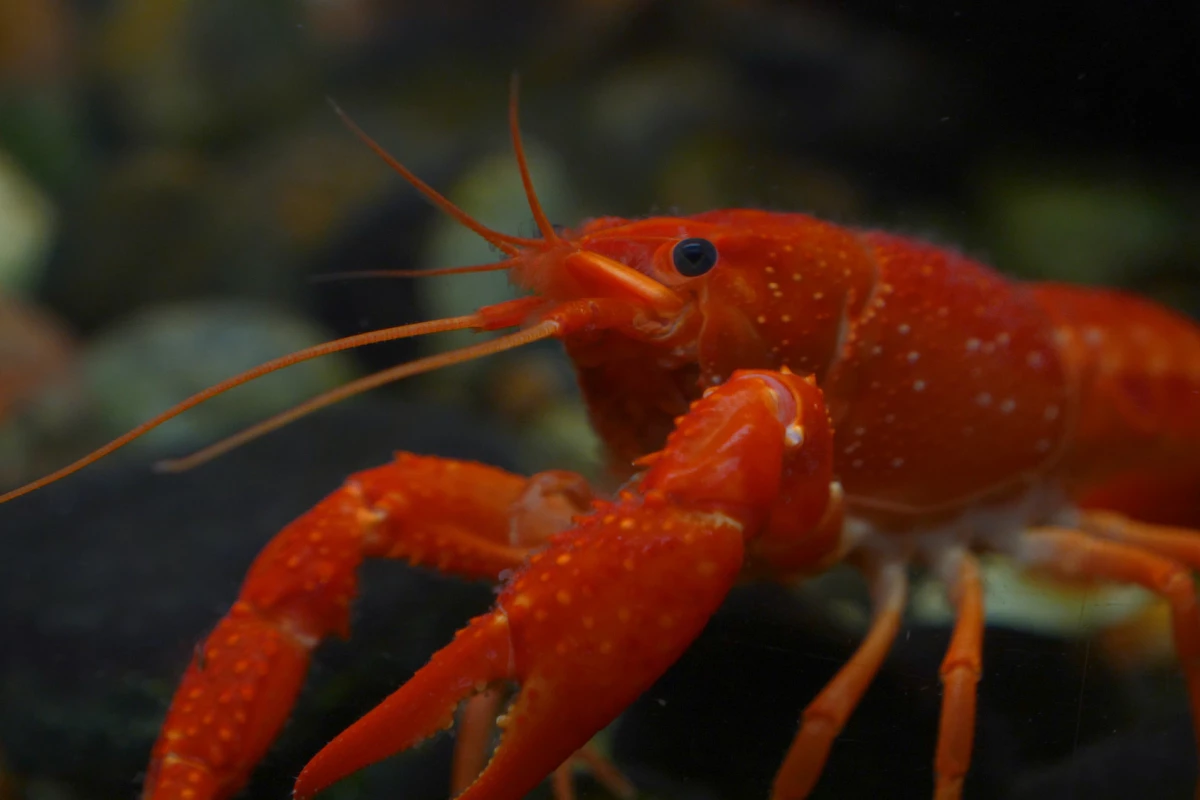There is a lot to learn about how plastic waste moves through the marine environment, but researchers are continually coming up with new ways of tracking its path. A study by scientists in Italy has shone a light on the way lobsters digest plastic particles, finding that their stomach actually grinds them up into tiny fragments that can pose a risk to smaller creatures in the food chain.
Millions of metric tons of plastic waste wash into the seas each year, where the corrosive forces of the ocean break it down into smaller fragments that are incredibly hard to track. However, studies have told us that they can cause aneurysms in fish, that sea turtles and birds mistake their scent for food and that underwater avalanches are driving them into the deep ocean, where its effects on those inhabiting the seafloor are largely unknown.
Among those deep-sea organisms is the Norway lobster, or Nephrops norvegicus, which resides on the seabed. The new study carried out by scientists at Italy’s Universitá Politecnica delle Marche and Universitá degli Studi di Cagliari sought to establish what happens when these types of low-lying species ingest plastic waste.
The study built on previous research that had established lobsters do ingest tiny fragments of plastic known as microplastics, and that other crustaceans can break plastic particles down into smaller pieces as they are digested. So the researchers gathered lobsters from the Mediterranean Sea to see whether similar processes might be at play.
The team’s observations revealed that the larger fragments of plastic tend to get stuck in the lobster’s stomach. The smaller particles, however, make their way into a so-called “gastric mill,” where food is broken down by small calcified plates that grind against one another. This breaks these smaller particles into even smaller ones, which are assumed to be expelled by the lobster and released into the ocean.
“These findings highlight the existence of a new peculiar kind of “secondary” microplastics, introduced in the environment by biological activities, which could represent a significant pathway of plastic degradation in a secluded and stable environment such as the deep sea,” the authors write.
The research was published in the journal Environmental Science and Technology.
Source: American Chemical Society




